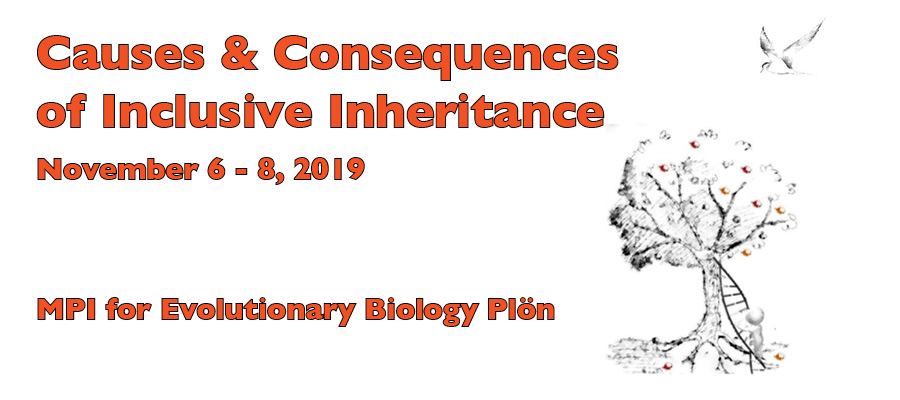Speaker
Description
Using >2000 captive zebra finches that we have detailed information on early developmental stress experienced by these birds as well as their parents and grandparents, we quantify direct as well as trans-generational effects of early stress on multiple morphological and fitness-related traits. We meta-summarize the effects across multiple stressors and dependent traits in order to generate unbiased conclusions regarding average effect sizes that one can expect to find. Out of six parameters that quantify early stress, we find that nestling body mass measured at 8-day of age (md8) to be the most powerful measurement of early nutrition. Despite ad-libitum food available to parents, md8 varied up to six-fold (ranging 2-12 gram), illustrating that some nestlings were seriously undernourished. Despite such drastic variation, an individual’s md8 had only modest effects on its morphology as an adult (mean r = 0.20) and even less pronounced effects on lifespan and reproductive performance (mean r = 0.07). Overall, there were no trans-generational effects of early stress experienced by parental and grandparental generations, on an individual’s traits (upper boundary of 95%CI of mean effect was below r=0.028). However, the md8 of the mother still had a significant, yet weak effect on daughter fecundity (mean r =0.13). Our results suggest that morphology (body size) may be more sensitive to early developmental stress, whereas reproductive performance (fitness) is relatively resilient to episodes of undernourishment. Our findings also suggest that detrimental effects of early food stress are unlikely to be carried on over multiple generations in captive zebra finches.

